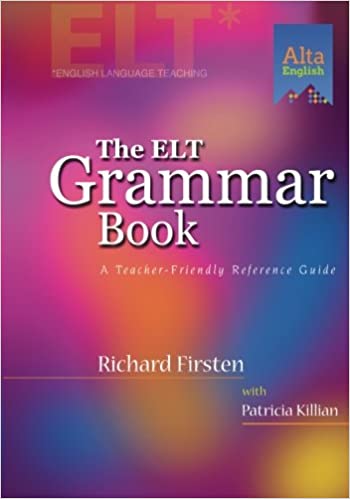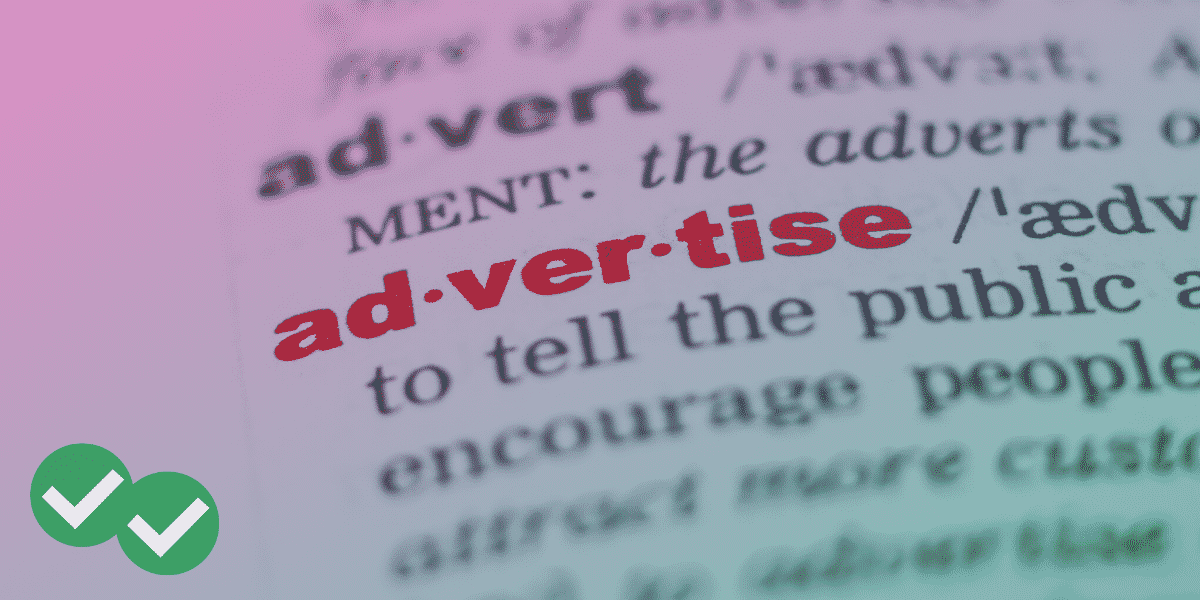I’ve already told you about the use of “the”. “The” is tricky— a single word with six rules of use. I’m happy to tell you that using “an” and “a” is simpler. There are just three rules for using these two words.
Rule 1:
Use “a” and “an” only before singular nouns. Plural nouns and non-count nouns will have no article. (And of course, any noun can have “a” in certain situations.)
Examples:
I have parents and a child of my own. (Only “child” has the article “a,” because “parents” is plural.)
The man has an ugly nose, brown eyes, and red hair. (Only “ugly nose” is modified with “an.” “Man” describes a specific man and is modified by “the”. “Brown eyes” contains a plural noun and has no article. “Hair” also has no article, because it is non-count.)
Rule 2: “A” is used before a word that begins with a consonant. “An” is used before a word that begins with a vowel.
Examples:
An animal walked across the road.
A large animal walked across the road.
An awfully large animal walked across the road.
A monkey and an owl ate an apple and a banana.
- Exception 1: If the word after an article is a letter or initial, use “a” or “an” based on the sound the letter or first initial makes when you say it out loud.
Exception 1 examples:
He is a U.S. citizen. (The name of the letter “U” is pronounced “yoo,” beginning with the consonant sound of “y.”)
I got an F on my exam. (The name of the letter “F” is pronounced “eff,” beginning with a short “e” sound.)
- Exception 2: The vowel “U” can sometimes have the “Y” consonant sound at the beginning of words. When this happens, use “a” instead of “an” before the word.
Exception 2 examples:
I am taking university classes.
Modern Germany is a united country.
- Exception 3: If a word begins with an “h” and the first syllable is unstressed, you can use either “a” or “an.” Make sure you are consistent, though! In your writing, put “an” before all of your words that start with an “h” and an unstressed syllable. Or put “a” before all of your unstressed “h” syllable words. If you use “a” sometimes and “an” other times, your writing can seem a little confusing.
Exception 3 examples:
The election of America’s first African American president was an historic event. OR The election of America’s first African American president was a historic event.
An hyena ate a hamburger. OR A hyena ate a hamburger. (Note that the first syllable of “hyena” is unstressed, while the first syllable of “hamburger” is stressed. Because of this, hamburger can only come after “a.”)
Rule 3: For numbers, fractions, money, measurement or time periods that begin with “one,” you can use “a” or “an” instead of “one.”
Examples:
The temperature is a hundred degrees. OR The temperature is one hundred degrees.
I ate a third of the cake. OR I ate one third of the cake.
That costs a dollar. OR That costs one dollar.
An ounce of feathers weighs as much as an ounce of rocks. OR One ounce of feathers weighs as much as one ounce of rocks.
A cheetah can run a mile in about a minute. OR A cheetah can run one mile in about one minute.
Although Rule 2 has a few exceptions related to phonics, I think these rules are pretty straightforward. Hopefully you will find the rules of “a” and “an” easy to remember once you study and practice them.






Leave a Reply